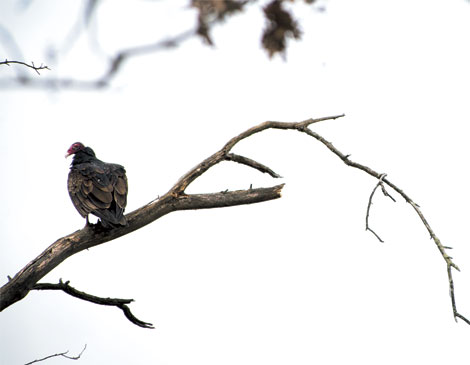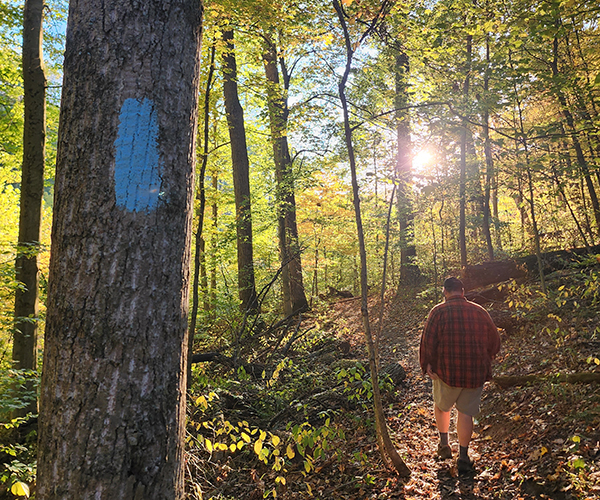Legend has it that buzzards were attracted to the area in the 1800s by animal carcasses left over from a massive hunt by residents. But the birds are actually drawn to the area's hills, which give off uneven waves of thermal energy they soar on. "If they have to flap their wings, they are wasting calories," Weirich says.
They fly south to Tennessee and beyond for the winter not because they're cold but for food. One of a few birds with a sense of smell, the buzzard can't see or sniff dead animals if they're covered in snow. "This year has been mild enough that you could possibly spot some early," Weirich says.
On March 15, buzzards, which can have a 7-foot wingspan, usually aren't spotted until 7:30 or 8 a.m., hours after other birds get up. "They are waiting for the sunshine to crank up the heating of the earth," Weirich says. By the end of the day, anywhere between 30 and 70 have been spotted.




